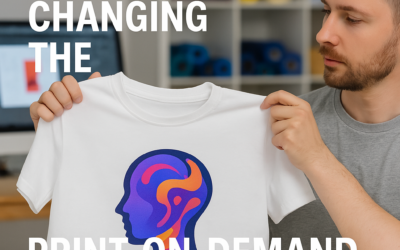Micro 3D Printing: Precision and Innovation in Medical Devices
Micro 3D printing is revolutionizing the medical technology landscape by enabling the production of intricate, patient-specific devices with unparalleled precision. As healthcare moves toward personalized medicine, this advanced manufacturing technique is set to transform how medical devices are designed, produced, and applied.
The Rise of Micro 3D Printing in Healthcare
This breakthrough process involves creating three-dimensional objects at a microscopic scale. Using specialized printers capable of achieving features as small as a few micrometers, micro 3D printing has quickly become a favorite in healthcare innovation due to its ability to produce highly complex geometries that traditional manufacturing methods simply cannot match.
- Customization: Create patient-specific devices to improve the fit and functionality of implants and prosthetics.
- Reduced Waste: Additive manufacturing drastically cuts down on material waste compared to traditional subtractive methods, promoting sustainability.
- Rapid Prototyping: Quickly iterate and refine device designs, accelerating development cycles and reducing time-to-market.
Applications of Micro 3D Printing in Medical Devices
Micro 3D printing is already making a significant impact in various medical applications. Consider the following examples:
- Implants: Custom implants that precisely match a patient’s unique anatomy, such as micro-printed scaffolds that promote bone regeneration.
- Micro-Needles: Tiny needles designed for minimally invasive delivery of vaccines and medications, enhancing patient comfort and compliance.
- Bioprinting: The innovative process of printing living cells to form tissues and organs, offering hope for addressing the shortage of donor organs.
Success Stories in Micro 3D Printing
Numerous organizations are leveraging micro 3D printing to drive advancements in medical devices. A few standout case studies include:
- Organovo: Pioneering bioprinting to create functional human tissues, enabling the production of liver and kidney tissues for drug testing and research.
- 3D Systems: Their On Demand Manufacturing service has been instrumental in producing custom surgical guides and implants for orthopedic surgeries.
- MIT’s Self-Assembly Lab: Innovating a method to print microstructures that self-assemble into complex shapes, paving the way for novel medical device designs.
Challenges and Future Directions
Despite its promise, micro 3D printing faces several challenges in the healthcare sector:
- Regulatory Hurdles: Evolving guidelines from the FDA and other regulatory bodies can slow down the approval process for 3D printed medical devices.
- Material Limitations: A limited range of biocompatible materials currently restricts design options.
- Cost: Although prices are gradually decreasing, the initial investment in micro 3D printing technology may still be a barrier for small businesses and startups.
As advancements in materials science and regulatory frameworks continue, the capabilities and adoption of micro 3D printing are expected to grow significantly. Future innovations will likely lead to even more diverse applications, ultimately improving patient care and outcomes.
Conclusion
Micro 3D printing is a game changer in medical device manufacturing, bringing together precision, customization, and efficiency. With healthcare increasingly embracing this technology, we are on the verge of a transformative era that redefines how medical devices are designed and produced. Small businesses and innovators alike are encouraged to explore the potential of micro 3D printing, collaborate to overcome current challenges, and help drive the future of healthcare innovation.



